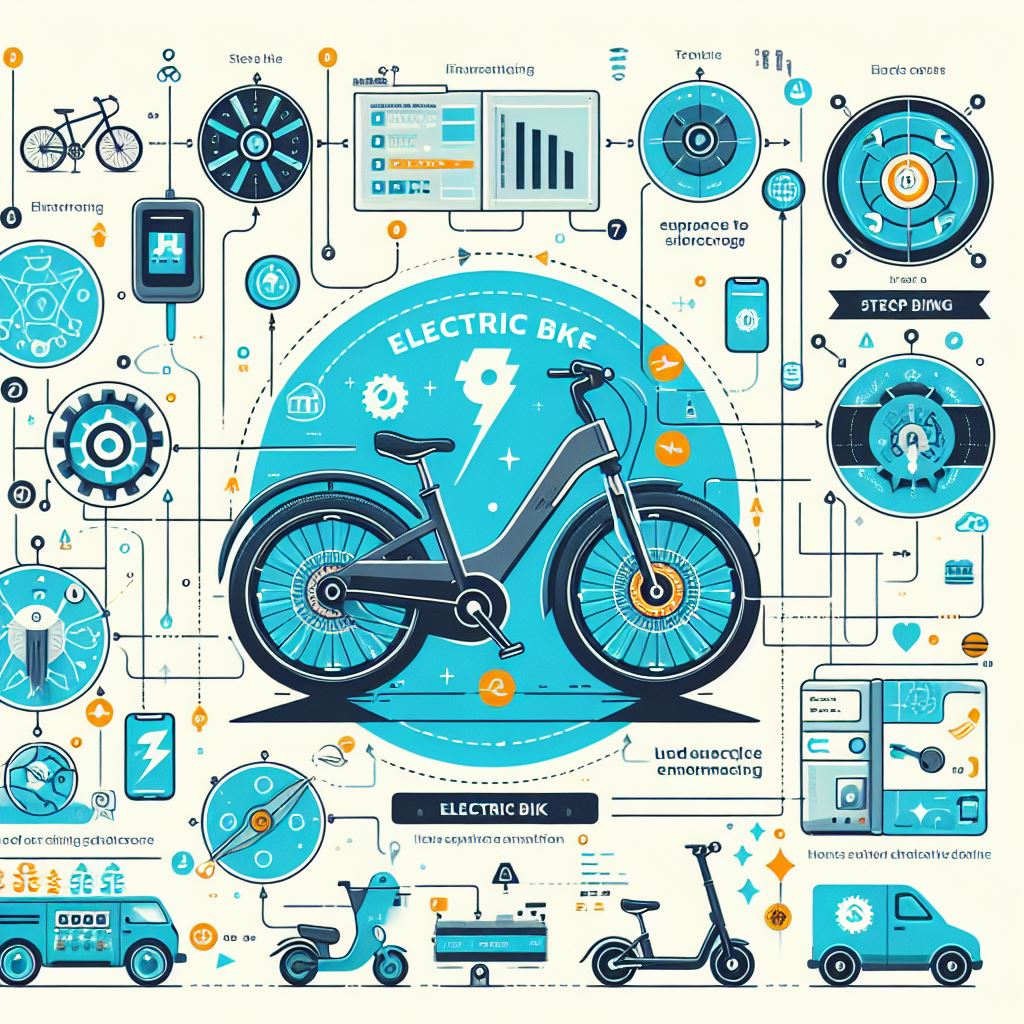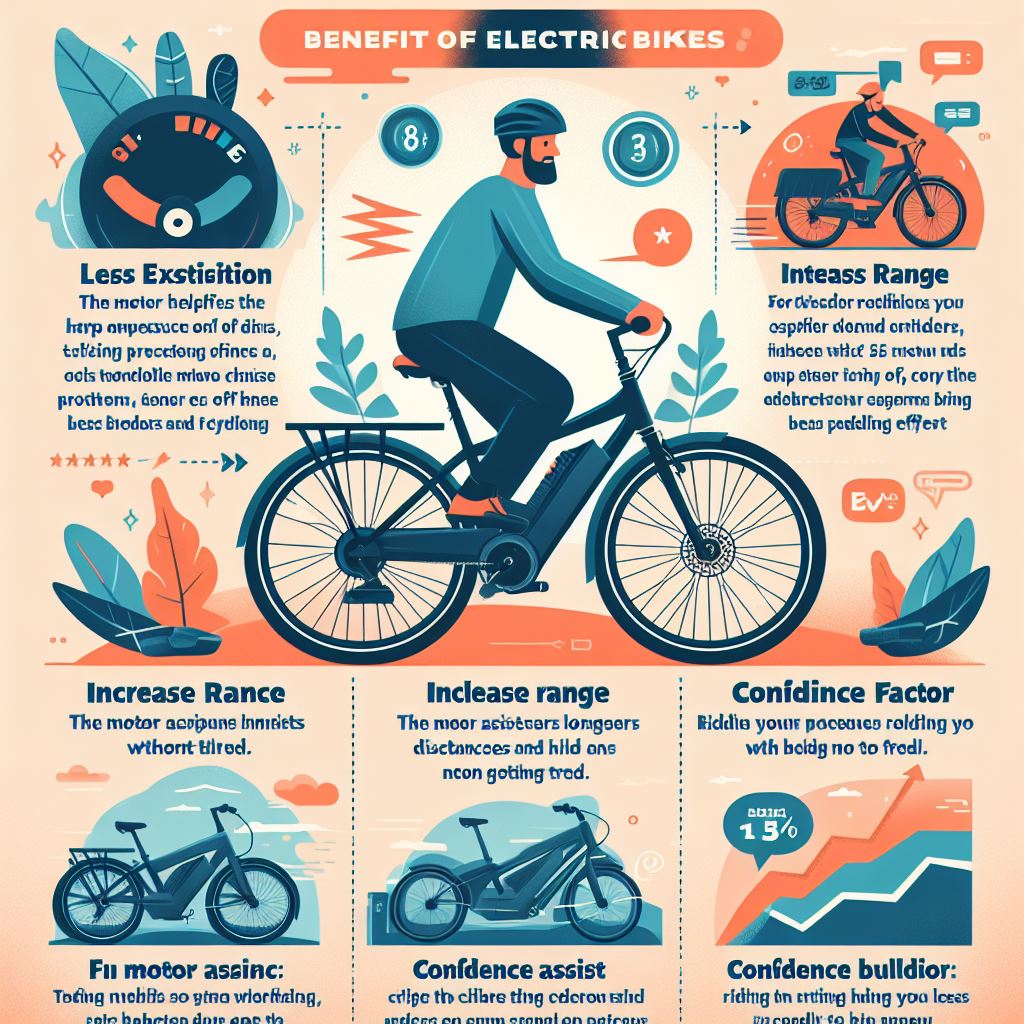Electric Bikes: The Ultimate Guide
Electric bikes provide an excellent way for seniors to continue cycling as they age. With a motor to assist with pedaling, e-bikes make riding easier for older riders. This complete guide covers everything you need to know about electric bicycles.
How Do Electric Bikes Work?
E-bikes use a small onboard motor and battery to help propel the bike. Sensors detect when you are pedaling and engage the motor to give you a boost.
There are different classes of e-bikes:
- Class 1: Motor assists you up to 20 mph. Must be pedaled.
- Class 2: Throttle-controlled without pedaling up to 20 mph.
- Class 3: Motor assists you up to 28 mph. Must pedal.
The motor engages depending on how much assistance you need to reach your desired speed. This helps take some of the effort out of riding.

Benefits of Electric Bikes
Riding an e-bike provides many benefits, especially for older cyclists:
- Less physical exertion – The motor helps propel the bike, taking pressure off knees and joints.
- Increase range – Easily ride longer distances and up hills without getting tired.
- Maintain speed – Cruise at 15-20 mph using moderate pedaling effort.
- Confidence building – The motor assists you so riding is less intimidating.
- Fun factor – Zipping around with motor assist puts a smile on your face!

Top Electric Bike Brands
The most popular electric bike brands include:
- Trek
- Specialized
- Riese & Müller
- Electra
- VanMoof
- Gazelle
- Pedego
Key factors to compare are motor type, battery range, quality components, riding position, and warranty.
Average Costs
Prices range widely, but expect to budget:
- Entry-level: $800 – $1500
- Mid-range: $1500 – $3000
- High-end: $3000+
Consider costs of ongoing maintenance and repairs which apply to all bikes.
Choosing the Right E-Bike
Consider your riding needs and preferences when selecting an electric bike:
- Will you ride on pavement, trails, hills?
- What motor power and battery range do you need?
- Step-through or high frame?
- Comfort or performance focus?
- Suspension or rigid frame?
- Carrying capacity?
Prioritize comfort and safety when outfitting your e-bike. Consult experienced e-bike shops as well.

E-Bike Maintenance
E-bikes have some unique maintenance needs:
- Inspect/charge battery
- Check e-systems for issues
- Clean sensors and motors
- Replace e-bike specific parts
However, much maintenance mirrors standard bikes – inspecting brakes, drivetrain, bolts, tires, etc. Schedule regular tune-ups.
E-Bike Safety
Follow these tips to stay safe on your electric bike:
- Obey all traffic laws
- Use lights and reflectors if riding at night
- Wear a properly fitted helmet
- Use hand signals when turning
- Brake gradually and early if stopping
- Yield to pedestrians
Take a safe cycling course if new to riding bikes. Be alert and defensive while riding.

FAQs
Q: How far can e-bikes go on a full charge?
A: Range varies, but expect 15-40 miles from a single charge depending on terrain, motor power, and rider weight.
Q: Can e-bikes get wet?
A: Most e-bikes can handle getting wet, but you’ll want to avoid submerging the battery and electrical components.
Q: Is insurance required?
A: Most states don’t require insurance, but check your local laws. Home or renters insurance may cover your e-bike.
Q: Can I bring an e-bike on public transport?
A: Policies vary – some buses and trains allow e-bikes if they are folded or battery is removed. Always check with the transit company.
Ready to Ride?
We hope this guide gave you a comprehensive overview of electric bicycles. Please contact us with any other questions – we’re happy to help you find the perfect e-bike match!

